#dance history
Text
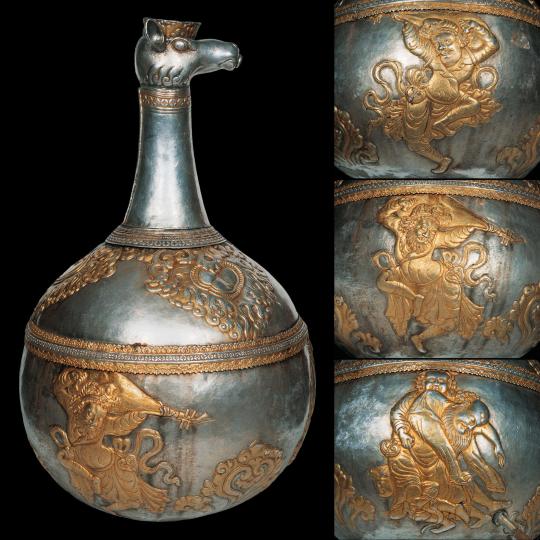

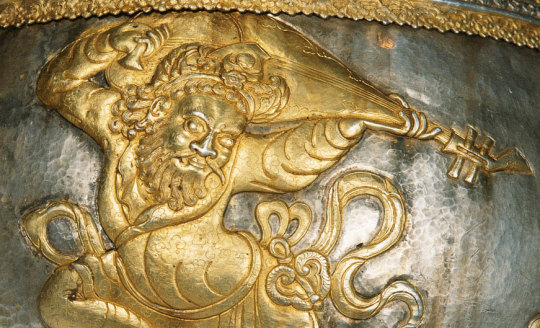



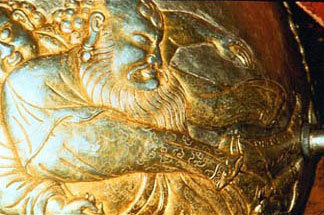

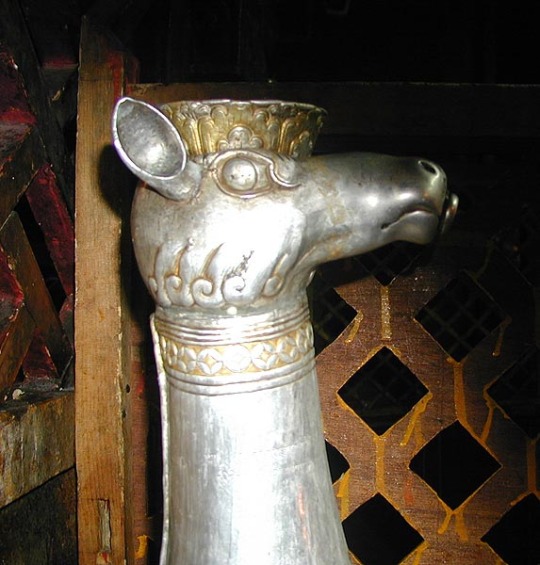
The Jug of Jokhang 7th-8th C. CE. Central Asians (probably Sogdians) depicted on Tibetan art.
"At present, a silver jug stands in a wooden frame in one of the chapels of the Lhasa Jokhang, traditionally regarded as the oldest temple in Tibet (see figs 1-7). This jug is approximately 80 cm in height. It was hammered from silver sheets, cut and assembled in four parts, two hemi- spherical sections joined at the diameter of the circle, a long thin neck, surmounted by an animal head with round mouth from which liquid can be poured. It weighs some 35 kg when full of liquid, and monks fill it daily with offerings of chang, Tibetan barley beer. The gilded designs on the upper bowl of the jug are raised scrolling in heart shaped medallions, while on the lower bowl, there are three scenes representing Central Asian people, two lively solo dancers and three men in drunken revelry". (taken from AsianArt by Amy Heller).
Dance was a skill that Sogdians learned at a young age, and continued to use as they got older:
"The Iranian from Tashkent [Chach] appears young
He dances to the music before the wine goblet, as rapid as a bird
He wears a cloth cap of foreign make, empty and pointed at the top
His Iranian robe of fine felt his tight sleeves"
(Shafer 1963, 55 in Lerner 2001, 254)
#tibetan art#sogdiana#ancient history#history#art#art history#art detail#buddhism#temple#beer#iranian#dance history
345 notes
·
View notes
Text

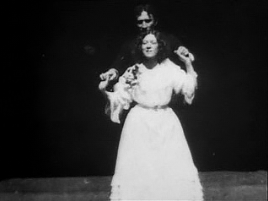
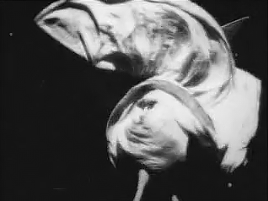
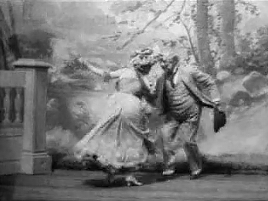






dance on film
danse espagnole de la feria sevillanos (1900) / charity ball (1897) / crissie sheridan (1897) / foxy grandpa and polly in a little hilarity (1902) / cake walk (1903) / danses lilliputiennes (1906) / ella lola, a la trillby (1898) / tenderloin at night (1899) / princess rajah dance (1904) / bowery waltz (1897)
149 notes
·
View notes
Text
Egyptian Revival
Yesterday's post was about the full opening of Tutankhamun's tomb, but there have been several times when Egypt has had a strong influence in fashion and art, and here I selected a few things from the 1910s and 1920s that are Egyptian revival, and of course let me know which ones are your favourites of you can add some when reblogging this post.
Here we go.


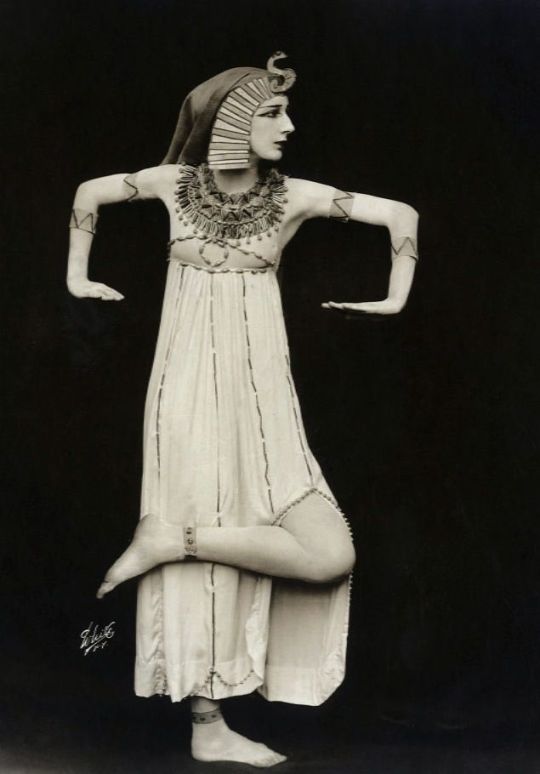
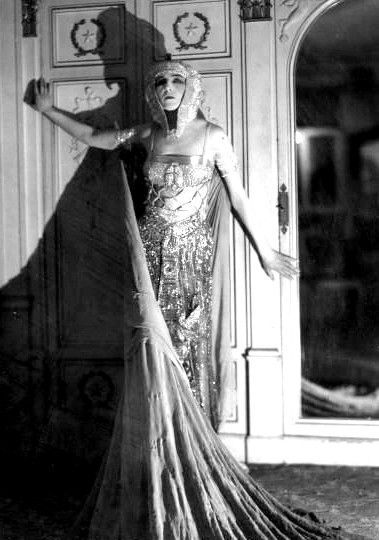

The beginning of the century marked the birth of modern dance, so we see that part of the Orientalism trend had a deep Egyptian influence from Les Ballets Russes to the Denishawn school: strong lines, profile poses, spectacular costumes, all taken from the art and sculpture of the ancient Egypt.
Here a little video of the Denishawn dancers along Ted Shawn (not the dance of the picture above), with no music because this is FROM 1913:
youtube
Also, this influence is clearly seen in the art deco masterpiece that is the dance scene from Metropolis (1927):
youtube
Denishawn students (Lillian Powell, Charlotte Brendel, Grace McCrea, Irene Pryor, Claire Niles) in an Egyptian dance created as part of a vaudeville act by Ted Shawn (not related to the Denishawn Egyptian Ballet), Hixon-Connelly, 1918, The New York City Public Library.
Vaslav Nijinsky and Serafima Astafieva in "Cleopatre", probably by Ernst Sandau, 1912, National Portrait Gallery, London.
Desiree Lubovska as Cleopatra, ca. 1915.
Ida Rubinstein with costume designed by Erté, 1920s.
Dancers from the Folies Bergère with costumes designed by Erté, Paris, 1924.
Dance of the Priest of Ra, from Dances of the Ages, Denishawn dancers, 1913.
Dance Scene, from Metropolis, Fritz Lang, 1927.






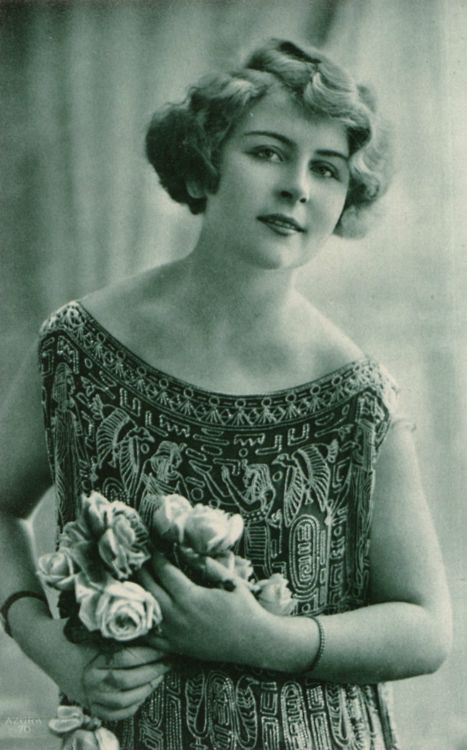
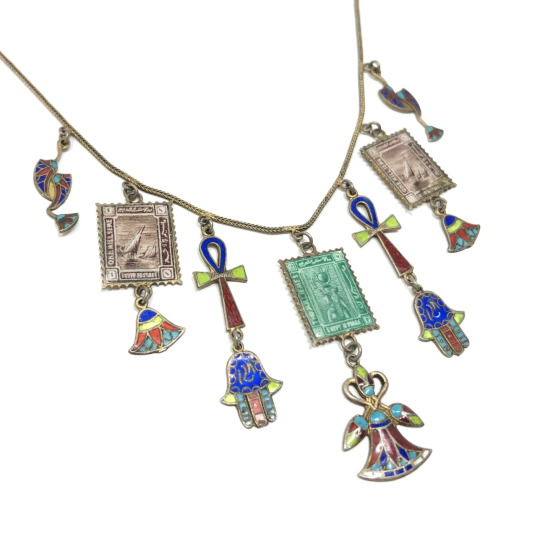
Fashion and accessories were deeply inspired by Egypt in the 1920s, thanks to the simple shapes of the garments, the use of striking accessories and jewelry, and the use of embellishments and embroidery to elevate the simple dresses: from appliqués to bead embroidery, to burnt velvet and translucent layers. And of course, let's not forget the use of colour that gives the feel of ancient Egyptian art: gold, sand, teal, royal blue, and burnt orange.
Orange burnout velvet dress, 1920s, available in Antique Graces.
Egyptian revival brooch, Max Neiger, 1920s, sold at auction.
Egyptian revival silk dress with appliqués, 1920s, Stephens College Costume Museum.
"Cleopatre" grande robe du soir by Jean Patou, Les Modes, september 1921 (click that link! You can read the whole magazine!).
Evening dress, Thurn, 1923-26, Metropolitan Museum of Art.
Pair of leather gloves with silk embroidery, ca. 1925, LACMA.
Beaded Egyptian revival dress, 1920s.
Egyptian revival silver gild and enamel charms necklace, 1920s, on sale on etsy.
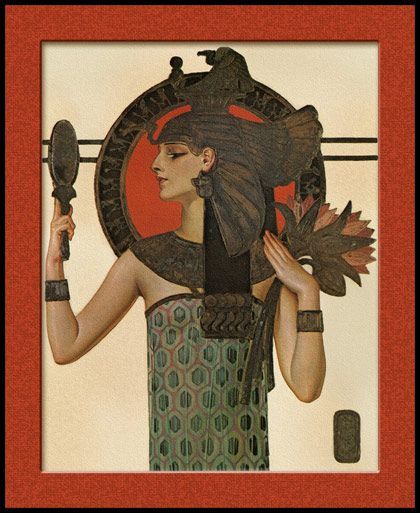
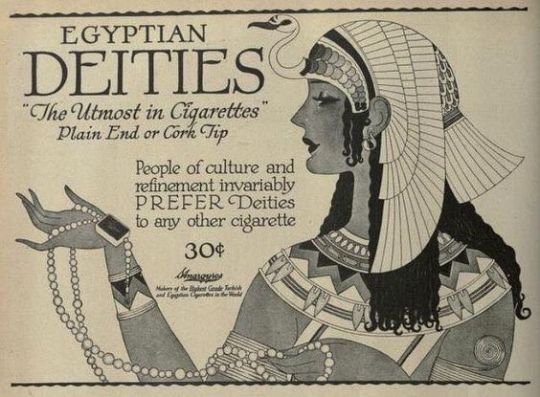


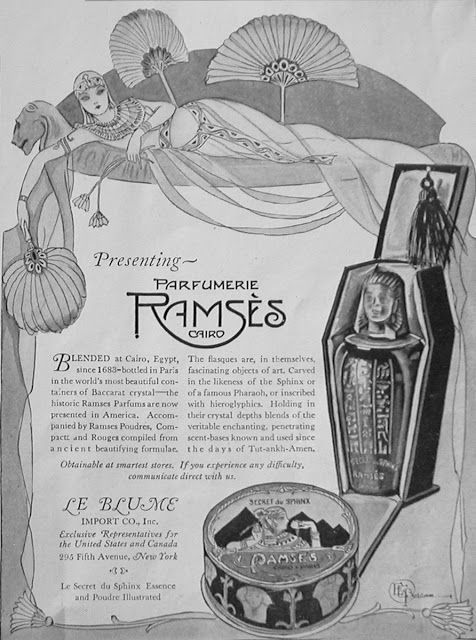
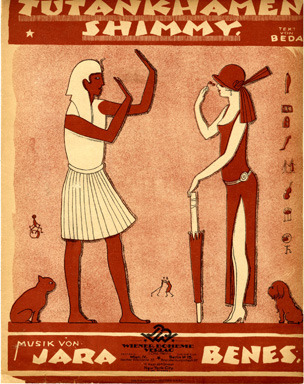
Of course, let's not forget the graphic arts. illustration was a key for advertising and communication when colour photos were not available. Here a small selection of my favourites:
"Cleopatra", J.C. Leyendecker, for the cover of the Evening Standard, August 1923.
Ad for Egyptian Deities cigarettes, 1920s-30s.
Egyptian Goddess, ca. 1929, George Barbier.
Ramses perfume ad, 1923.
Cover for Harper's Bazaar, February 1927, Ert��.
Music sheet cover for the Tutankhamen Shimmy, 1923.
And finally an extra: a Tutankhamen shimmy recorded in 1926:
youtube
#1920s#1910s#1900s#egyptian revival#fashion#music#dance#fashion history#dance history#art#egypt#Youtube
218 notes
·
View notes
Text
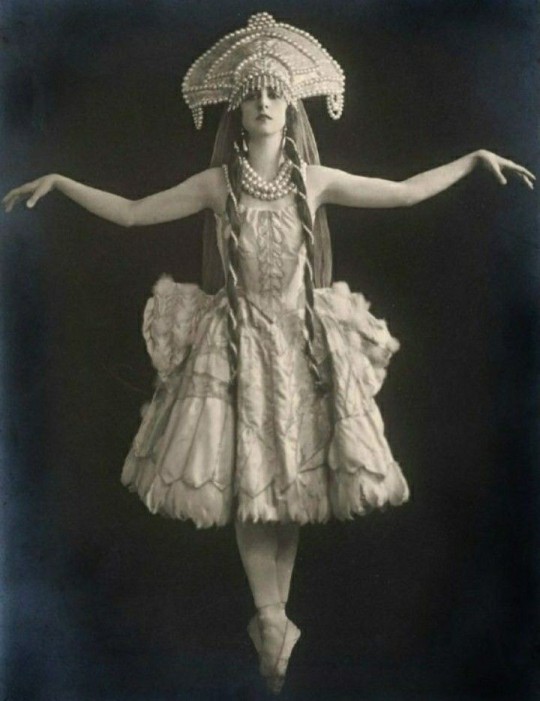
Tamara Platonovna Karsavina | Тамара Платоновна Карсавина
Born March 10th 1885 & Died May 26th 1978, Tamara was a prima ballerina not only of the Imperial Russian Ballet but also Ballets Russes.
#Tamara Platonovna Karsavina#Тамара Платоновна Карсавина#russian empire#ballet#prima ballerina#russian history#russian culture#balletcore#russian ballet#russian art#holy queue#ballerina#Imperial Russian Ballet#Ballets Russes#dance history
216 notes
·
View notes
Text
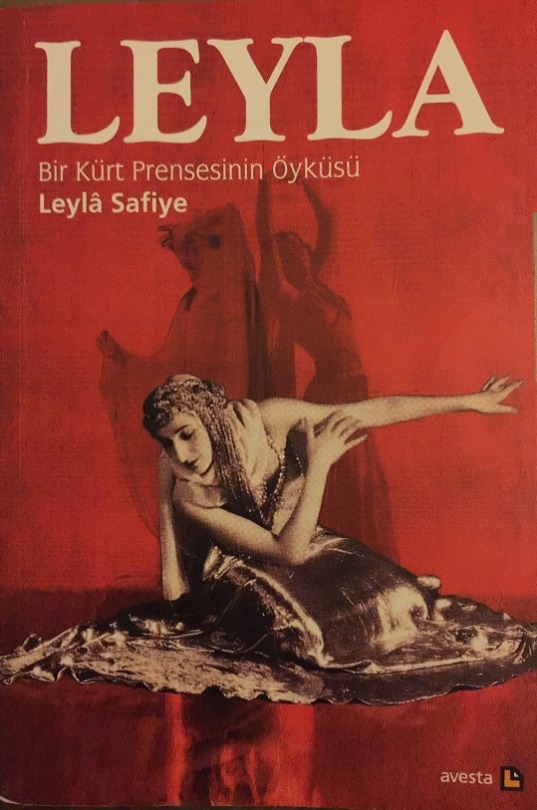

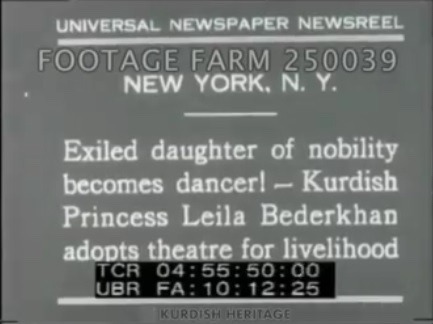


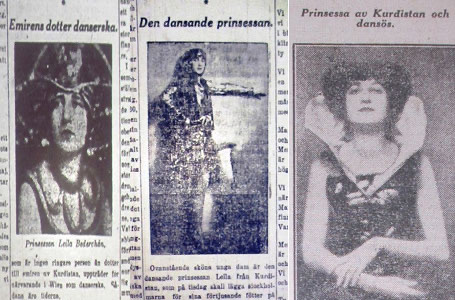
The dancing Princess of Kurdistan
13 notes
·
View notes
Photo
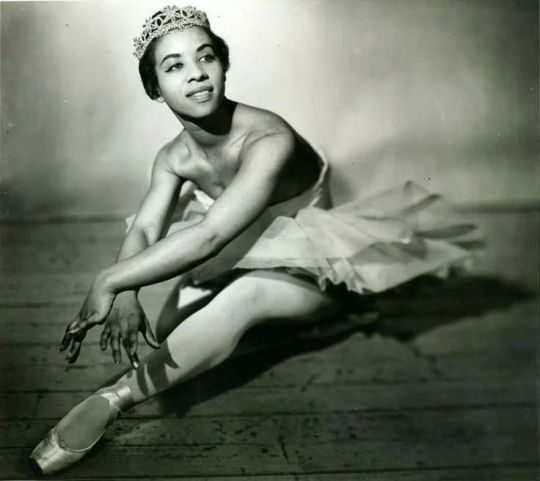
On This Day in New York City History February 2, 1935: Dancer Anne Raven Wilkinson (February 2, 1935 – December 17, 2018) was born in New York City, New York. Wilkinson has the distinction of being the first African-American woman to dance for a major classical ballet company.
Wilkinson was born into a middle class black family in Harlem. Her father was a medical doctor and her mother a ballet dancer. Her love for ballet was born from watching a performance of the Ballet Russe de Monte Carlo, a dance group that she would make history with.
Wilkinson would face difficulties in getting accepted to the Ballet Russe de Monter Carlo. Twice she was rejected before she was accepted at the age of 20 in 1955 by the director of the Ballet Russe de Monte Carlo, Serge Denham.
After leaving the group in the early 1960, Wilkinson would dance with a number row groups before retiring in 1974. That would be a short lived retirement. In the same year Wilkinson would join the New York City Opera and dance for them until 1985. In her later years she would serve as mentor to Misty Copeland who was a trailblazer in her own right. Copeland was the first African American to become a principal dancer at the American Ballet Theatre.
Wilkinson passed away on December 17, 2018 at the age of 83.
#AnneRavenWilkinson #BalletRusseDeMonteCarlo #AfricanAmericanHistory #AfricanAmericanStudies #BlackHistory #BlackStudies #BlackHistoryMatters #WomensHistory #WomensStudies #HERStory #DanceHistory #NewYorkHistory #NYHistory #NYCHistory #History #Historia #Histoire #Geschichte #HistorySisco
https://www.instagram.com/p/CoKa8wxuhZG/?igshid=NGJjMDIxMWI=
#Anne Raven Wilkinson#Ballet Russe de Monte Carlo#African American History#African American Studies#Black History#Black Studies#Black History Matters#Women's History#Women's Studies#HERstory#Dance History#New York History#NY History#NYC history#History#Historia#Histoire#Geschichte#HistorySisco
48 notes
·
View notes
Text

The traditional origins of twerking!🍑
🎶🇨🇮🎶
#history#mapouka#dance#côte d’ivoire#music#african history#dabou#fertility#traditional femininity#1990s#twerking#just girly things#black coquette#black girl magic#african women#dance history#west africa#rap#precolonial#traditional practices#black femininity#coquette#womens history#zouglou music#african culture#nickys facts
4 notes
·
View notes
Text

18th century image of the Hopak - Ukraine's national dance.
#ukrainian history#ukraine#cossacks#18th century art#eastern europe#ukrainian culture#dance history#18th century#dance#european culture#hopak
4 notes
·
View notes
Link
#bharatanatyam#classical#classical culture#classical dance#dance history#dancers#Indian dance#tamil nadu#dance form
9 notes
·
View notes
Text

Uhh
Ok so, is there any dance historians in the comments who can help me catch a clue? Because I can pick up from context that these are like, dance steps or whatever but “frug” is where I’m drawing a blank.
#dance#dance history#history of dance#steve rogers#sharon carter#agent 13#captain america#marvel#marvel comics#marvel universe#comics#superhero
2 notes
·
View notes
Text
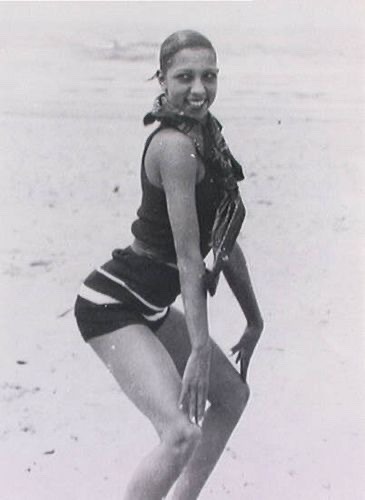
Josephine Baker at the beach || c. late 1920’s (?)
#Josephine Baker#icon#vaudeville#black vaudeville#stage performance#old hollywood#black hollywood#black actors#classic hollywood#dance history#black dancers#trailblazer#dancer#1930s#source: lipstick alley article (now since removed)
4 notes
·
View notes
Text
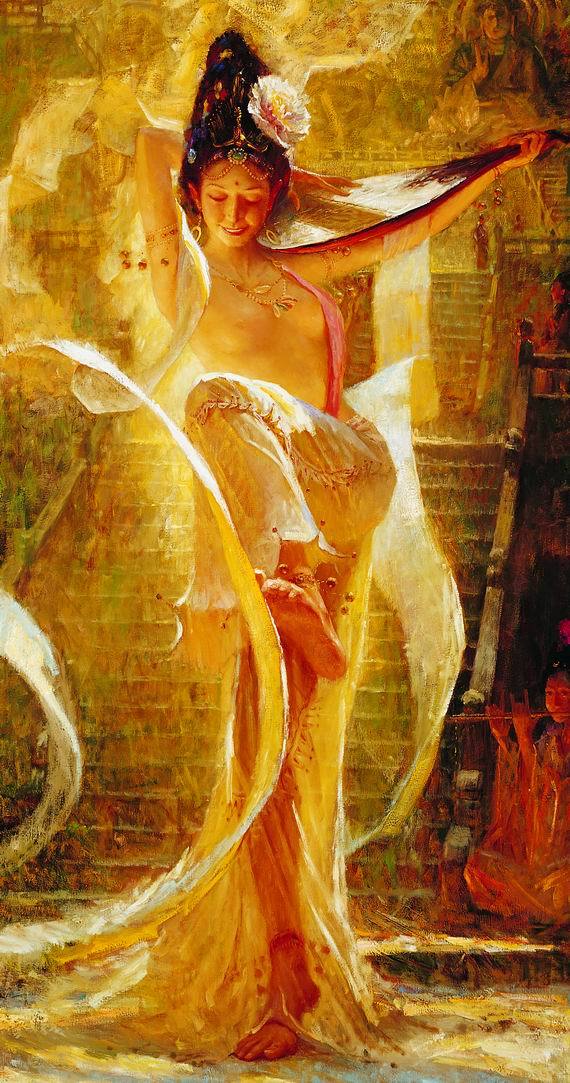





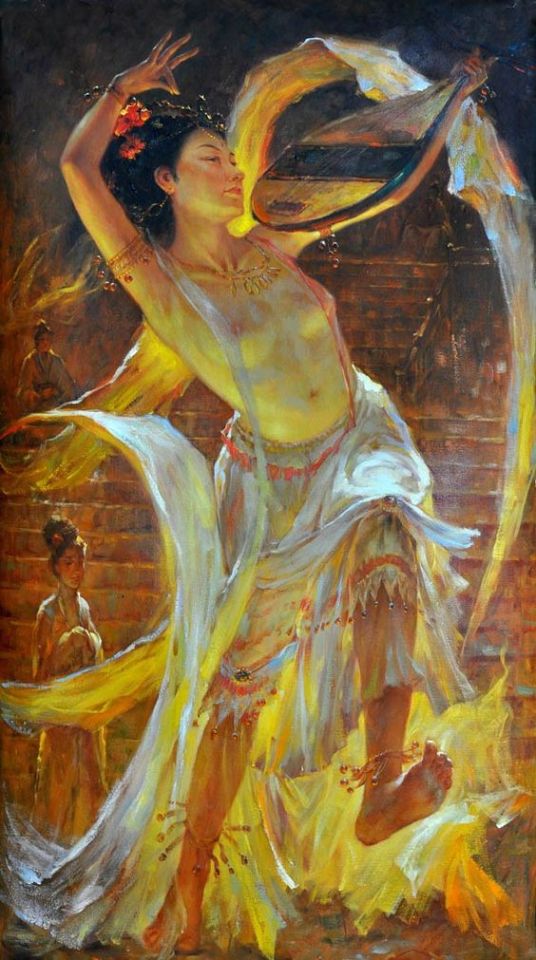


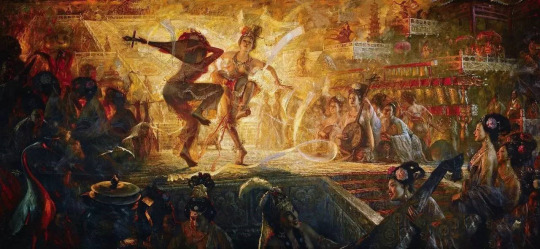


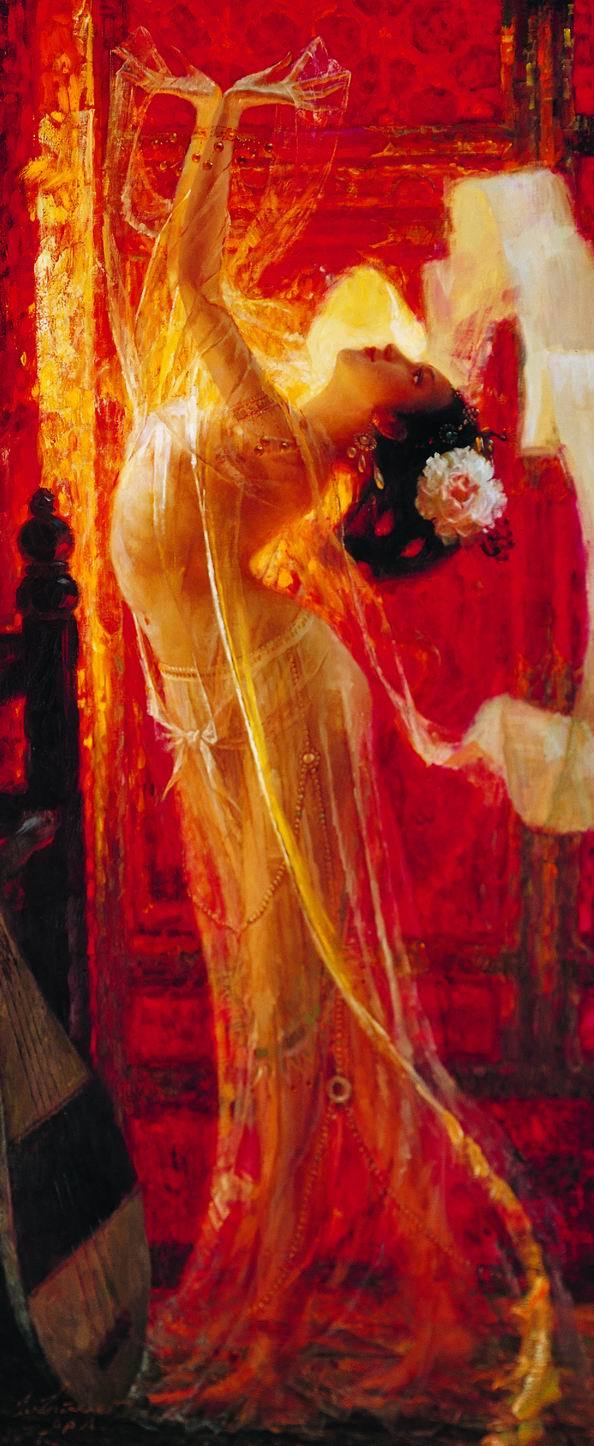
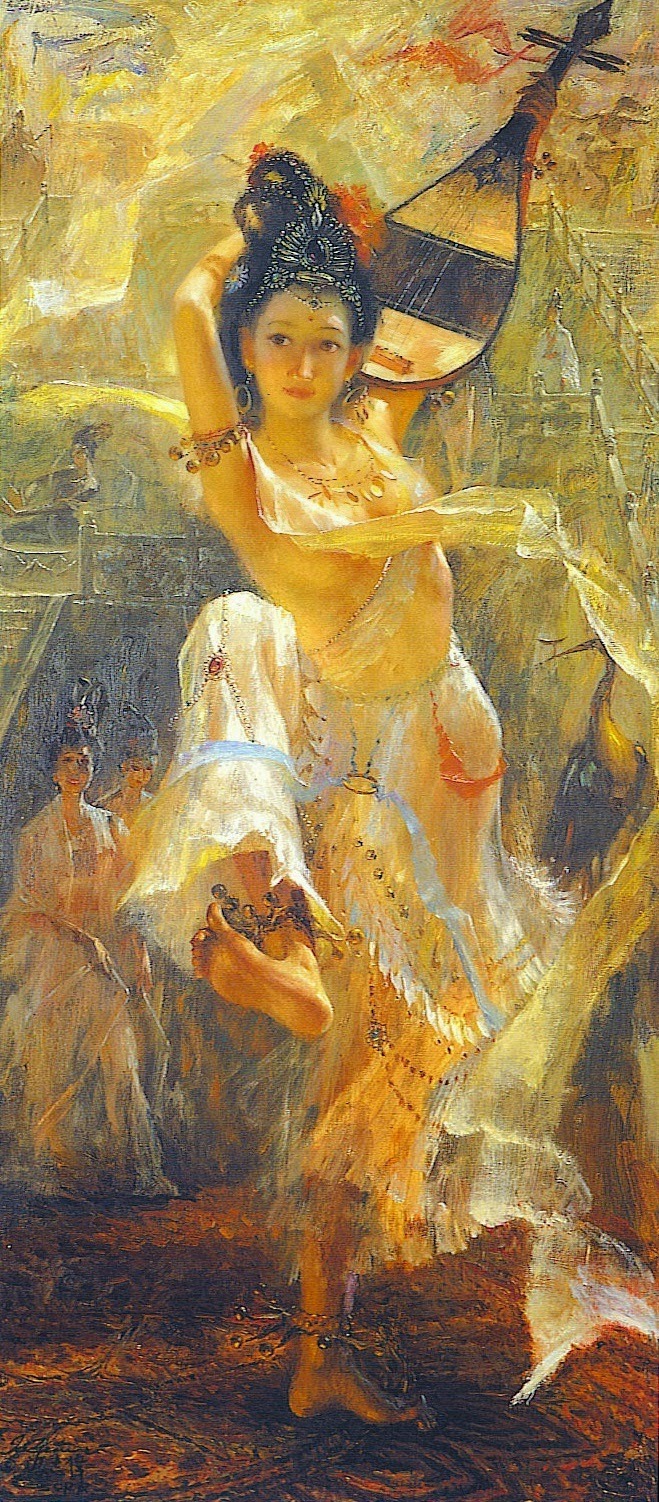


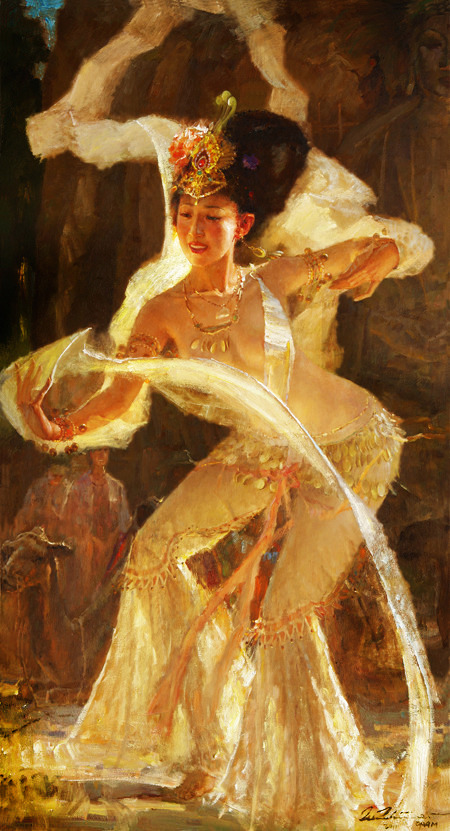


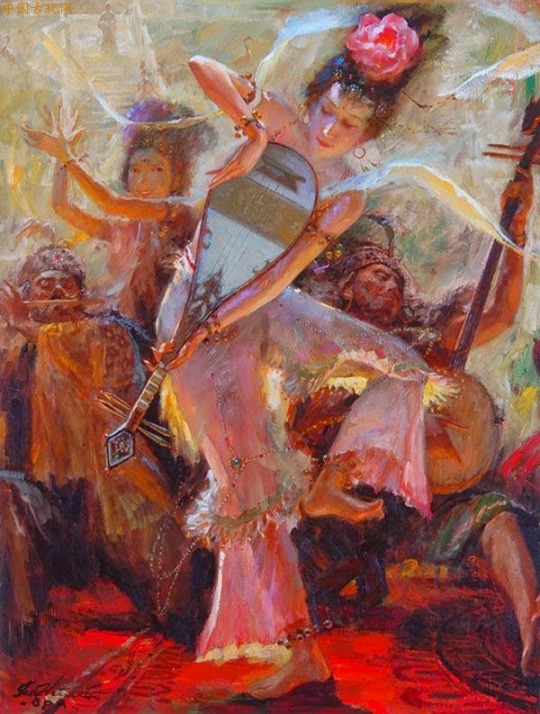




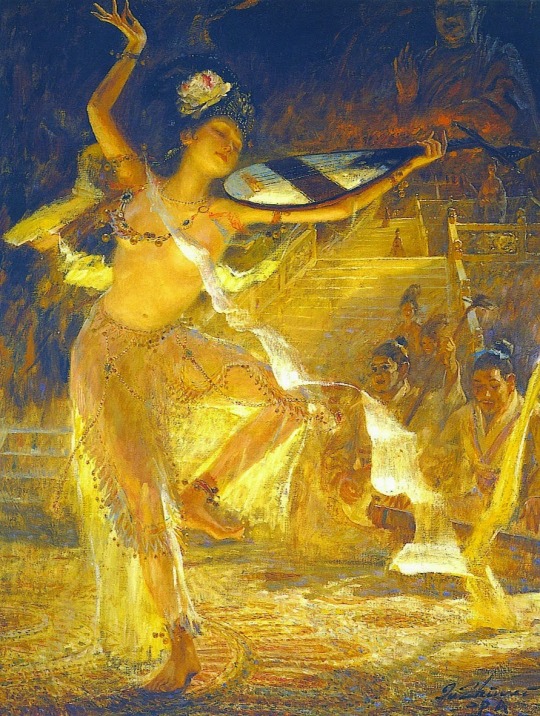




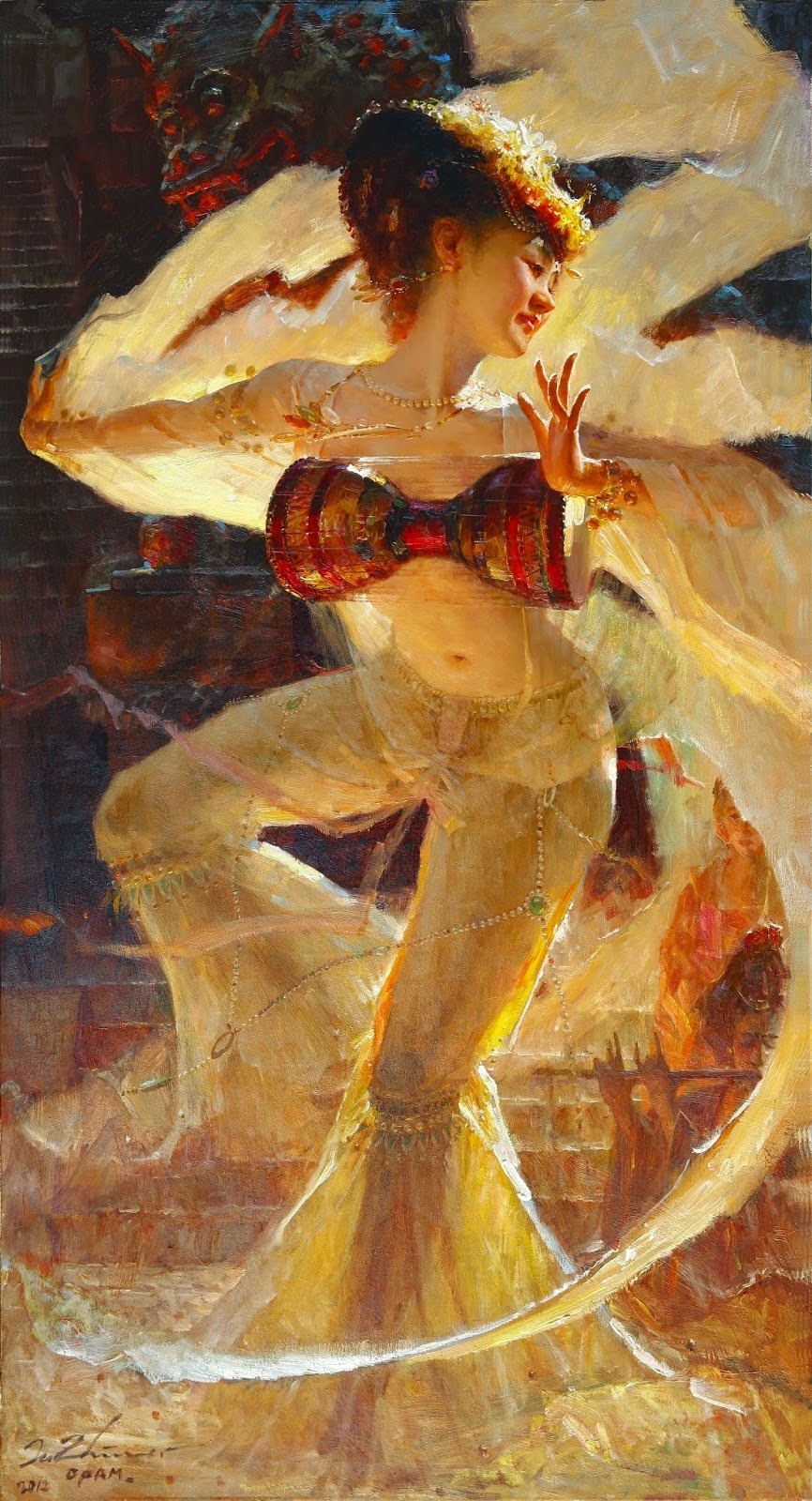
Joyful dance series, aka Buddhist dancers at Dunhuang, by Zhiwei Tu. More pics on my blog, link at bottom.
I believe these were generally based on Tang Dynasty images from the Mogao Caves at Dunhuang. All the ones I saw were labeled as paintings by Zhiwei Tu. Many of them are doing Sogdian style musical/dance performances, which became popular in China during the Tang era:
"The Sogdian Whirl and other similar, imported dances were popular in China during the Tang dynasty, especially in Chang'an and Luoyang.
The Sogdian merchant-dancers, who performed different dances but were especially renowned for this dance, were very famed in China. In the Sogdian Whirl, a young woman was spinning inside a circle. The Sogdian Whirl became popular in China. It was performed both in the Chinese court and in China itself. Sources from the Tang dynasty such as the Old Book of Tang attest to it being performed at court. The dance was performed at court by, among others, the Emperor Xuanzong of Tang and Yang Guifei.
The Sogdian Whirl was depicted in the funerary art of Sogdians in China. Further, it was depicted on many native Chinese tombs, which further shows its popularity in China."
-taken from Wikipedia
#history#ancient history#art#art history#dance history#asian art#paintings#ancient china#chinese#china#mogao caves#art detail#dance#dancers
71 notes
·
View notes
Text
SURPRISING Reasons Why Some Dance Adjudicators Reward Trick-Laden Routines
I bet you dance teachers and parents can relate: some dance competition adjudicators reward routines with the most tricks crammed apiece. Social media is rife with comments about them.
One teacher pleaded, “I also feel that one of the many ways to change this is up to us instructions, directors, and choreographers, specially in the competition circuit: we need to stop to glamorize tricks over substance.”
“We need to stop rewarding dangerously achieved contortionist-like positions and tumbling-style choreo that have no meaning. These don't belong in a dance choreography especially when they don't help to tell a story or have a connecting step. What happened to artistry, musicality, hard work, technique? When did it become ok to leave this out?”
“If we stop choreographing that in, and present a piece where dancers DANCE, we will be able to change this from within. I am not alone on this and if we all unite we can make the change! It may be hard at the beginning because some of those professionals who judge will go for the awe provoking trick, but we need to be consistent and change will happen.”

As a dance history buff, I turned to Poe – Quora’s free app in which you can ask their AI bots questions – on why some dance adjudicators do those things. Here are key points:
1. Entertainment Value: Tricks can be visually impressive and captivating for the audience. Judges may reward routines with many tricks because they believe it enhances the overall entertainment value of the performance. These moves can generate excitement, thrill, and leave a lasting impression on the viewers.
2. Trend Influence: Dance competitions, like any other field, can be influenced by trends. If there is a current trend or popular style that emphasizes tricks or acrobatic elements, judges may be more inclined to reward routines that align with these trends to reflect the preferences of the dance community at that time.
I have to say that those reasons are most valid takeaways when it comes to a number of, as opposed to all, dance adjudicators who reward the most trick-intensive routines.

But a chapter in the book Rooted Jazz Dance: Africanist Aesthetics and Equity in the Twenty-First Century further provided me with more insight on this. It made me realize that the ones who reward the most trick-intensive routines byproducts of choreographic anti-intellectualism. This is when the dance industry places greater emphasis on fame and trend influences over history, safe technique, and heritage, especially in jazz dance.
Utah high school jazz teacher Jessie McCullough noticed initial resistance from her incumbent students when she started teaching the genre, and her classes were different and had more movements rooted in African American heritage.
In her classes, dancers would wear school dress code-compliant dancewear as opposed to bra tops and booty shorts over bare legs. Turkey trots, Savoy kicks, eagle slides, and Jump Charlestons would trump over calypso leaps, a la seconde turns, turning disc jumps, and firebird leaps. The students wouldn’t compete at commercial competitions, but instead they’d dance in their annual showcases.
They key root of McCullough’s students’ resistances is ego orientation, a strong comparison with others and a desire to win.
“Students with ego orientation can have lower self-esteem, suffer from performance anxiety, and have a tremendous fear of making mistakes and an addiction to perfectionism,” she explained on Chapter 18 of Rooted Jazz Dance.
“These fears can greatly impact a student’s ability to engage with new material. As they have a learned desire to equate quality dancing with Eurocentric models of perfectionism, exploring jazz from a new perspective can be disconcerting.”

And it doesn’t help that the staple competitive dance jazz movements stem from Caucasian-majority aesthetic sports AS WELL AS ballet. For instance, the pirouette detire – known as the “leg hold turn” – has its roots in figure skating and rhythmic gymnastics, the latter of which the International Gymnastics Federation calls it in their Code of Points “a split pivot with help.”
McCullough’s students were afflicted with the “illusion of knowing,” the belief that they had learned something when they actually hadn’t. “Competition students can cling to learned beliefs about jazz out of a desire for correctness,” she further explained.
“Competition rewards virtuosic movements, often referred to as ‘tricks,’ and teaches students that sharp, aggressive, sassy, and/or sexy movements are jazz. Add to this a fierce loyalty to competition teams and coaches – and a top prize-winning jazz routine – and students may falsely believe that competition versions of jazz are ‘true jazz’ and the instructor new, sometimes contradictory ideas is ill-informed.”
To further confirm reasons why some dance judges reward the most trick-intensive routines, those two traits – further exacerbated by trend influences on social media and reality television (e. g., SYTYCD and Dance Moms) – combine to create cognitive dissonance.
“I see very little choreography in competition dance that would be ‘at home’ on the Broadway stage or in a concert dance company,” Luigi Technique teacher Bill Waldinger explained on the cognitive dissonance, “And similarly, a piece like Bob Fosse’s ‘Rich Man’s Frug,’ brilliant as it is, would not do well at a competition due to its lack of technical difficulty despite its incredibly challenging artistic demands.”
All the key factors lead to confirmation bias, a tendency to seek information that concerns rather than discredits current beliefs.
McCullough recalled, “When exploring vernacular jazz, students in my class sometimes struggle to make their own choices regarding movement possibilities in improvisation and movement creation activities. They often fill their improvisations and choreographies with the virtuosic movements, valued at competition, striving for a previously learned version of ‘correctness.’”
She concluded on the high-scoring, highly-trick-intensive routines, “(They) are highly commercialized and often utilize Eurocentric technique. These portrayals inform student expectations of jazz and influence what studios teach, reinforcing a belief that commercialized representations of jazz are most valuable and uphold students’ illusion of knowing.”
As Bob Boross, a pupil of Jack Cole protégé Matt Mattox, lamented in 1996, “Our dancers are going through their dance careers with blinders on, ignorant of the rich heritage of social and theatrical dance styles that make up the whole of the jazz dance experience.”
“They also are growing up without exposure to real jazz music - music that swings. Our dancers are performing a hybrid theatrical movement to pop music, but probably wouldn't know a Lindy from a Shorty George. Finally, they are being given the impression that jazz dance is only commercial - to entertain or impress.”
Some of those same dancers eventually grew up to be THOSE dance judges who’d score the most trick-laden routines highly. Most of them, in fact, lacked sufficient exposure to vernacular jazz dance as well as all genres of jazz music.
“It’s important to note that while tricks can be impressive and exciting, they are not the sole criteria for judging a dance routine,” the Poe answer read, “Other elements such as musicality, technique, choreography, interpretation, and overall performance quality should also be taken into consideration to ensure a fair and balanced evaluation of the dancers' abilities.”
Especially regarding musicality and performance quality, the best way to shift judges perceptions on tricks being more prize worthy is using trend influences to teach jazz dance history.
It’s highly understandable that the latter group of people have very tight schedules and are often too hard-pressed to read books on it, hence why some would reward the more trick-intensive routines in the first place. But they mostly have extra free time to watch old footage of vernacular jazz or videos of previous Lindy Hop competitions on YT.
youtube
We should encourage dancers, their supporting kin, dance teachers, and judges to follow accounts that show insights on it such as Sue Samuels’ Jazz Roots, Pat Taylor’s JazzAntiqua, and Afro Lindy Hopper.
Sharing video footage and photos of celebrated POC figures in the genre such as Pepsi Bethel, Eithel Smith, and Ed Mock (whose named company’s member was the late lyrical dance choreographer Doug Caldwell) on social media is a convenient way to help dance judges – and teachers and students – understand and learn from jazz dance history.
Students – and teachers themselves – may also tape themselves (with proper technique and background knowledge teaching) dancing those rooted moves, Charlestons included. Who knows – will the Black Bottom become the NEW a la seconde turns? Will the Jump Charleston match the popularity of the firebird jump?
youtube
#zazzlemade#jazz dance history#vernacular jazz dance#dance competitions#competition dance#dance history#black history month
0 notes
Text
youtube
@omar-goodness you posted a clip the other day that put me in mind of this. And Toni Basil is *still* dancing!
0 notes
Text

surprise it's yuri!!!in 2024
#my art#yuri on ice#yuri!!! on ice#yoi#fanart#katsuki yuuri#victor nikiforov#victuuri#yoi fanart#this was the secret 4th thing that lost the poll jdsfgsdfjj#id been thinking about doing a tribute since getting that one ask but i didn't anticipate how Into it i would get once i started#the way i flew through this piece .. just over 1 day??? insane#yuri is /that/ ingrained in my muscle memory#I was looking at refs and ?? id forgotten how wild this show was#we just got all of that?? a pole dance a proposal a kiss a pair skate....and it was ALL canon? incredible#AND YEAH UNPROMPTED HISTORY MAKER PLAYS IN MY YT MIX#dean fujioka jumpscare#also looking back at my old yoi pieces was so wild. that ws really 8 years ago huh.#little bit of an ego boost looking at how far ive come#but also im just grateful idk sry 2 b sappy on main#i hope 16 year old me is happy that i did this bc im happy i did this#edit bc i forgot a bunch of white outline i am a fraud
8K notes
·
View notes
Photo
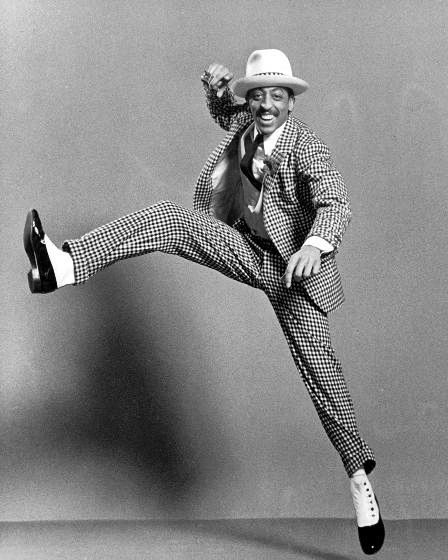
On This Day in New York City History February 14, 1946: Tap Dancer, actor, choreographer and singer Gregory Oliver Hines is born in New York City and raised in the Sugar Hill neighborhood of Harlem. He was born into a musical family with his father Maurice Robert Hines being a dancer, musician and actor. Hines the elder put his sons on the path to entertainment. Gregory was dancing as early as the age of 4 and performed with his brother at the legendary Harlem Venue the Apollo at the age of 6. His path through entertainment would be a lifelong endeavor.
Hines starred in such films as History of the World (1981) The Cotton Club (1984) and White Nights with Mikhail Baryshnikov (1985) Running Scared (1986) and Renaissance Man (1994). Hines also starred on TV shows and most importantly on the stage as a renowned tap dancer. He would influence such tap dancers as Savion Glover, Dianne Walker, Ted Levy and Jane Goldberg.
His accolades include Daytime and Primetime Emmy Awards, a Screen Actors Guild Award and a Tony Award.
Hines would die of liver cancer at the age of 57.
#GregoryHines #GregoryOliverHines #BlackHistory #BlackStudies #BlackHistoryMatters #AfricanAmericanHistory #AfricanAmericanStudies #DanceHistory #EntertainmentHistory #NewYorkHistory #NYHistory #NYCHistory #History #Historia #Histoire #Geschichte #HistorySisco
https://www.instagram.com/p/CoqVRPsu7dZ/?igshid=NGJjMDIxMWI=
#Gregory Hines#Gregory Oliver Hines#Black History#Black Studies#Black History Matters#African American History#African American Studies#Dance History#Entertainment History#New York History#NY History#NYC history#History#Historia#Histoire#Geschichte#HistorySisco
15 notes
·
View notes